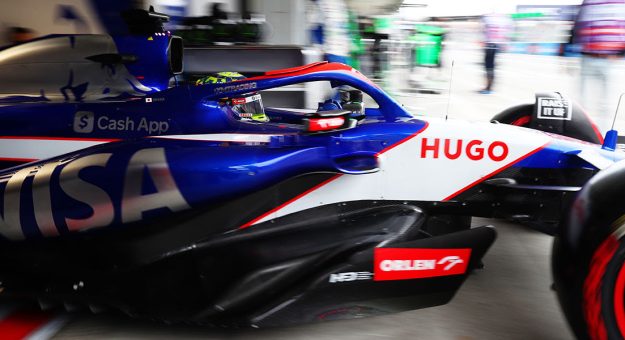The first day of the Japanese Grand Prix, held for the very first time in the month of April, featured cold conditions and rain.
There was very little on-track action, due to intermittent rain.
However, times in the first hour were representative, with Max Verstappen (Red Bull) setting the fastest lap in 1:30.056, ahead of team-mate Sergio Perez (1:30.237) and the Ferrari of Carlos Sainz (1:30.269).
“In general, it looks like everyone is a bit closer compared to last year and I don’t expect the same kind of gaps here at this track,” Verstappen said. “It was a good start for us today. The bounce wasn’t too far out and I felt comfortable with the car. There are still a few things to try and look at but, overall, it was a good FP1. Of course, in FP2 we couldn’t do anything, which was a shame as this means that we don’t know the long run pace, but we can’t do anything about the weather.”
However, it wasn’t plain sailing in the morning session either, as there was an 11-minute interruption after Logan Sargeant crashed in the Williams.
Only 13 drivers went out on track in the second session, completing 71 laps between them: six of them (Hamilton, Leclerc, Sainz, Norris, Ocon and Hulkenberg) only ran slick tires, all bar Hamilton who also tried the Medium, only running the Soft. The other seven (Piastri, Albon, Ricciardo, Tsunoda, Bottas, Zhou and Magnussen) ran the Intermediate either all or part of the time.
“As things turned out, only the first hour of free practice produced any useful data regarding tire behavior on this very demanding Suzuka track. The second session was spoiled by intermittent rain, which meant the track surface was never dry enough to provide sufficient grip for the drivers to push on slicks, nor was it wet enough to be able to fully evaluate the behaviors of the intermediates, even less so to identify the crossover point from this tyre to the dry weather ones,” said chief engineer Simone Berra.
